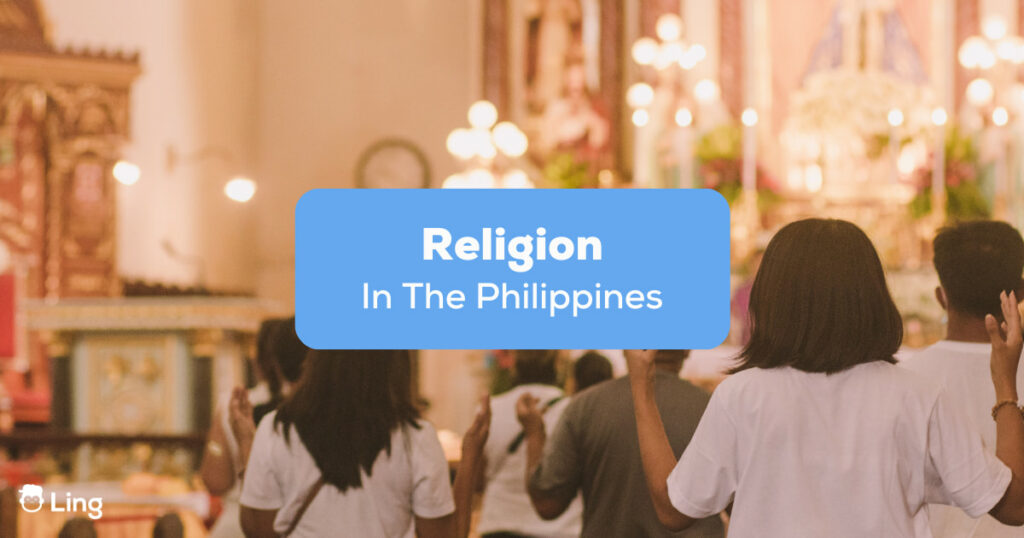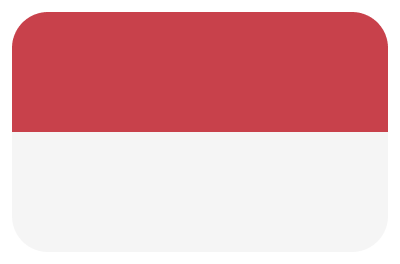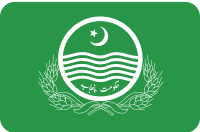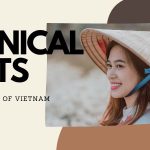Are you planning to visit the Pearl of the Orient Sea in the near future? Given that it is perceived as a religious country learning about the relihiyon or religion in the Philippines can help you increase cultural awareness and understand better the level of its embeddedness in Filipino society. In addition, you might be surprised to know that aside from the Roman Catholic, the locals can actually choose from over 90+ classifications for their most preferred religious affiliation. Let’s find out more about this in today’s Tagalog Ling App guide!
Aside from the unique travel destinations and mouthwatering cuisine, the Philippines proudly boast that they remain the only Asian country that is considered a Christian nation (about 92.5% are Christians). On top of that, there are also other religions that are openly being practiced in the country, and there is one reason for this: the locals believe in the power of religion. For many, having a religion helps in dictating the lives they want to live, and it also offers the incredible satisfaction of being one with a specific community.
Despite its strategic location, the Philippines is very much different from its neighboring countries in Southeast Asia who are commonly following Buddhism, Hinduism, Sikhism, or Islam. For this reason, a huge number of foreigners have been consistently wondering if the country is even really an Asian one. Well, as we have discussed in our previous posts before, the Philippines was under Spanish rule for 333 years, and the colonizers introduced roman catholic symbols, and the catholic church, and urged the locals to be baptized. Since their rule was so long, there is no surprise why many follow the Christian faith.
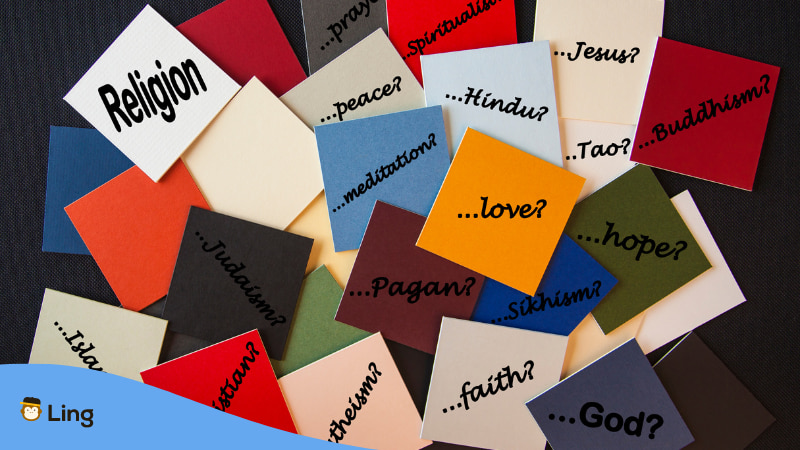
Tagalog Words Related To Religion
Before we dive deep into the concepts related to the Christian majority, let us first draw our attention to the common words related to this topic.
Now that we have a brief idea of the common words you might hear when discussing with Filipinos about their religion and the Roman Catholic belief, it’s time that we put our attention to answering some of the widely talked about questions. So read on below to find out.
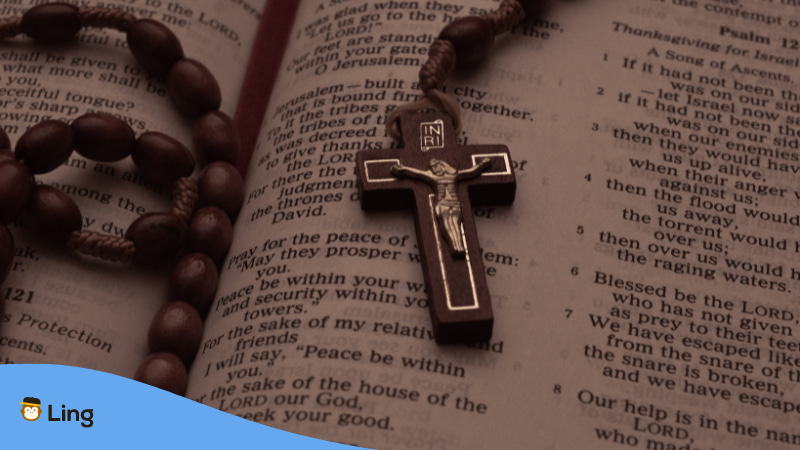
How Many Religions Exist In The Philippines?
While the Philippines’ Catholic majority has its origins back from the time of the first-ever Spanish priests, we cannot deny that there are also other religions existing. In terms of religious demography, some of the top ones practiced by the locals are the following:
- Christianity
- Islam
- Protestantism
Aside from those three, there are also other religions that are quickly growing, including Hinduism, Buddhism, and Baháʼí Faith. There are also indigenous religions that are known in the country as Antism. Antism is something that is very Filipino, and it suggests that followers should worship Bathala who is considered their version of God and is also known as Lumikha or Maykapal. Surprisingly, there are still local tribes from the farthest parts of the Philippine archipelago who follows this faith.
Spain introduced Christianity to the country, and it was never been the same ever since. As stated before, the Philippine Statistics Authority (PSA) has recorded that the majority of the Philippine society are believers in Christianity. Unfortunately, however, there are still tons of fundamentalist Christian groups, and this includes the following:
- Roman Catholics are known as Katoliko, and they are about 79% stronger than other religious groups. Given that many are following this one, this is the reason why the Philippines is known to be the only Christian nation among Asian countries.
- Iglesia Filipina Independiente also known as Aglupayan Church was officially created in 1902 by religious leaders who were against the Spanish bishops and priests during the Spanish period.
- Iglesia Ni Cristo is perhaps one of the largest religious affiliations in the Philippines and was founded by Felix Manalo.
- Jehovah’s Witnesses is on a restorationist classification and is reported to have over 230k+ believers in the country.
- Jesus Miracle Crusade International Ministry has been around since 1975, and it mainly believes that the gospels of the Holy Bible are good for healing.
- Members Church of God International is more popularly known for their TV program entitled Ang Dating Daan (the old path), where they discuss controversial passages.
- Most Holy Church of God in Christ Jesus is a Christian denomination that has been in the Philippines since 1922.
- Apostolic Catholic Church is another independent Catholic denomination with over 5 million Filipino members worldwide.
- Protestantism is also one of the biggest today due to its sheer number of organizations including
At present, the Muslim population in the Philippines who believe in Islam is also growing. In fact, it is common knowledge for the locals to know that most of the Muslim Filipinos who believe in this religion are residing in the Southern Islands of Mindanao, Palawan, and Sulu (also known as Muslim areas). Islam was mainly brought by Muslim traders back in the 14th century. Presently, many of the locals follow Sunni Islam, but there are also those who practice Ahmadiyya and Shia.
What Is The Main Religion In The Philippines?
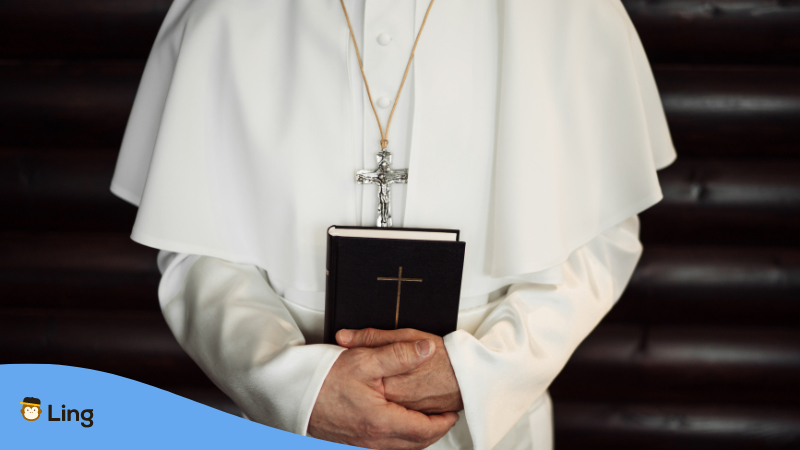
The main religion in the Philippines is undoubtedly Christianity. In fact, even modern Philippine Christian towns are still existing even to this day! If you are unsure what we mean by Christian towns, read on below.
Back in the day, the locals used to have Muslim slave raiders, and as a response, the Spanish organized pueblos became the solution. These pueblos provide a pattern wherein the church must remain in front of the central plaza. The symbolism here is that the church must be regarded as the most important structure more than anything else.
5 Facts About The Religions In The Philippines
Want to ensure that you truly understand Filipino religious psychology? Below are 5 more facts that will surely impress your Filipino friends.
- Many of the towns in the country are actually named after Catholic saints.
- There are two declared Filipino saints and these are Lorenzo Ruiz and Pedro Calungsod.
- There are 97 religious affiliations in the country as of the 2010 census.
- Whenever you are on the road and you pass by a church, it is a sign of respect to do the sign of the cross.
- There are tons of families who have life-like statues or replicas of the saints.

Learn More About Tagalog With Ling!
As we reach this part of the post, we hope that you were able to get to know more about the religions in the country and hopefully this can help you in terms of cultural adaptation. If you enjoyed this post and want to learn more about the Philippines, be sure to check out our previous posts here to get a bite-sized dose of everyday Tagalog. In addition, do not forget to check out the Ling app where you can learn Tagalog and 60+ other foreign languages for free! Download it on the App Store or Play Store today!
